[VIDEO] Exploring Cryptocurrency: Introducing New Giving Methods to Your Nonprofit
Bloomerang
AUGUST 13, 2021
And when I started in fundraising 12 years ago, we talked a lot about how we could get millennials or in my case, it was young alumni to give back to our university where I was fundraising for. A government can’t just come in and decide to print more like the U.S. government might decide to print more U.S.



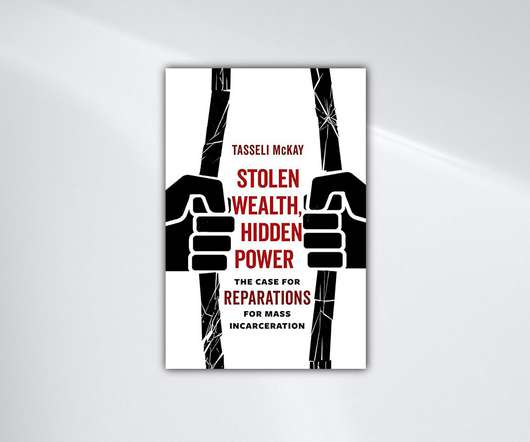
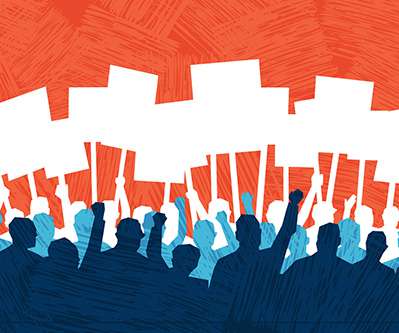
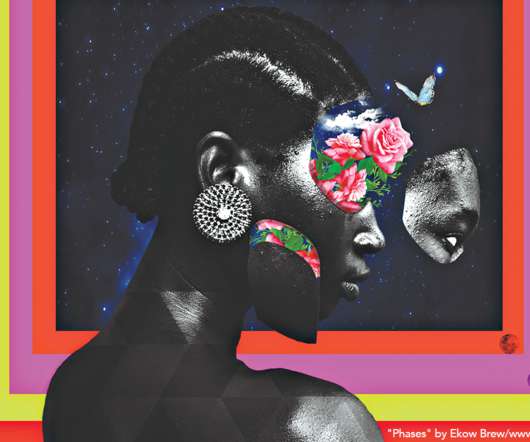
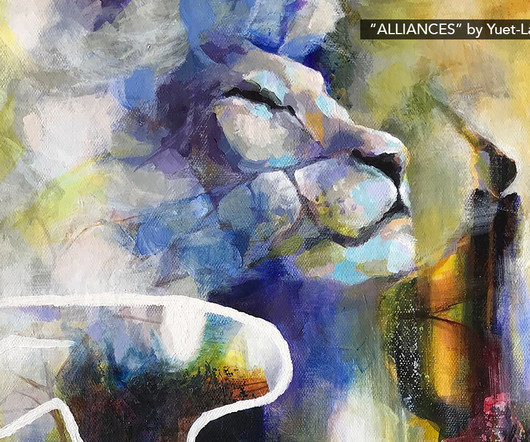
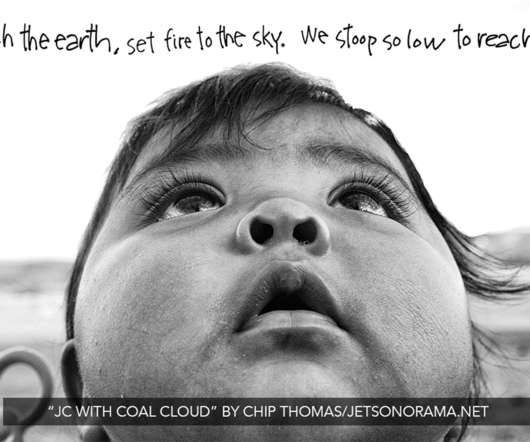






Let's personalize your content